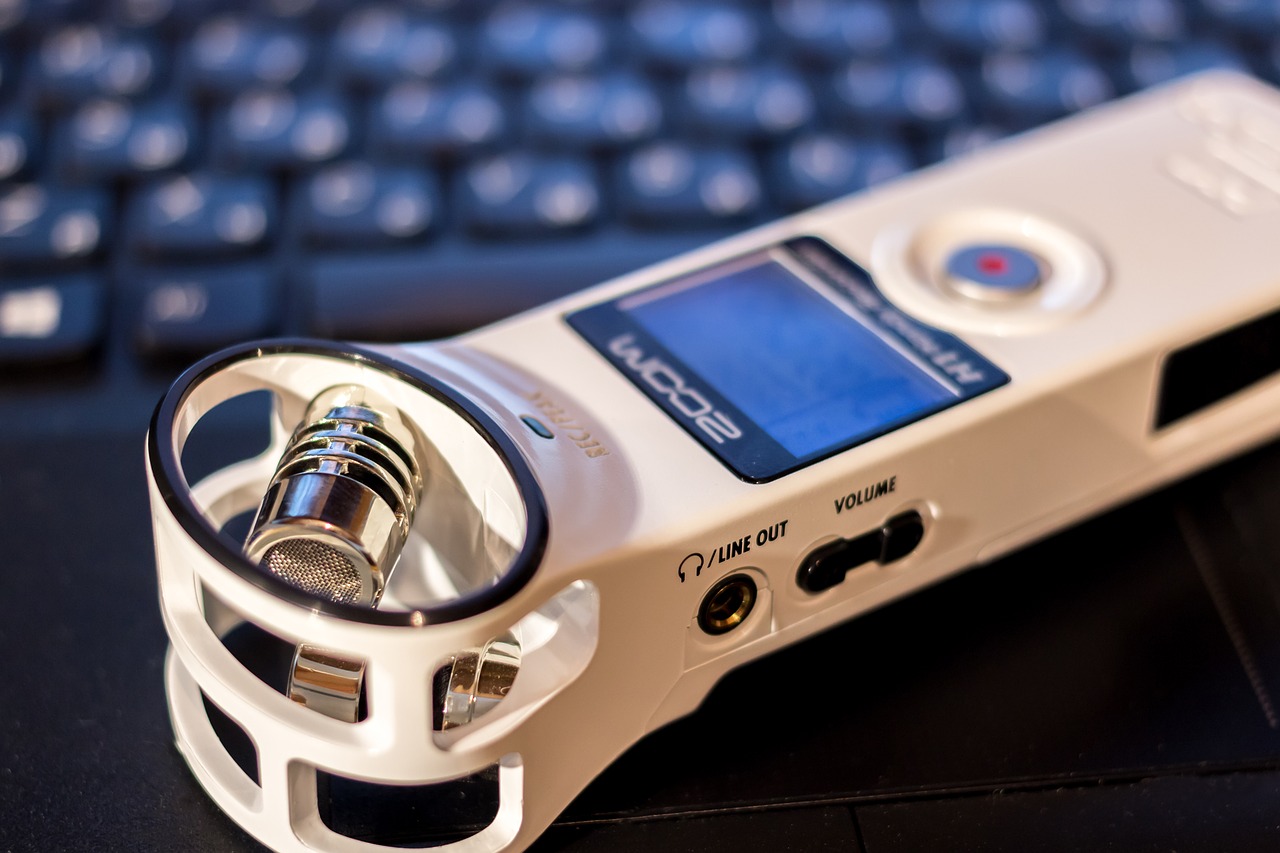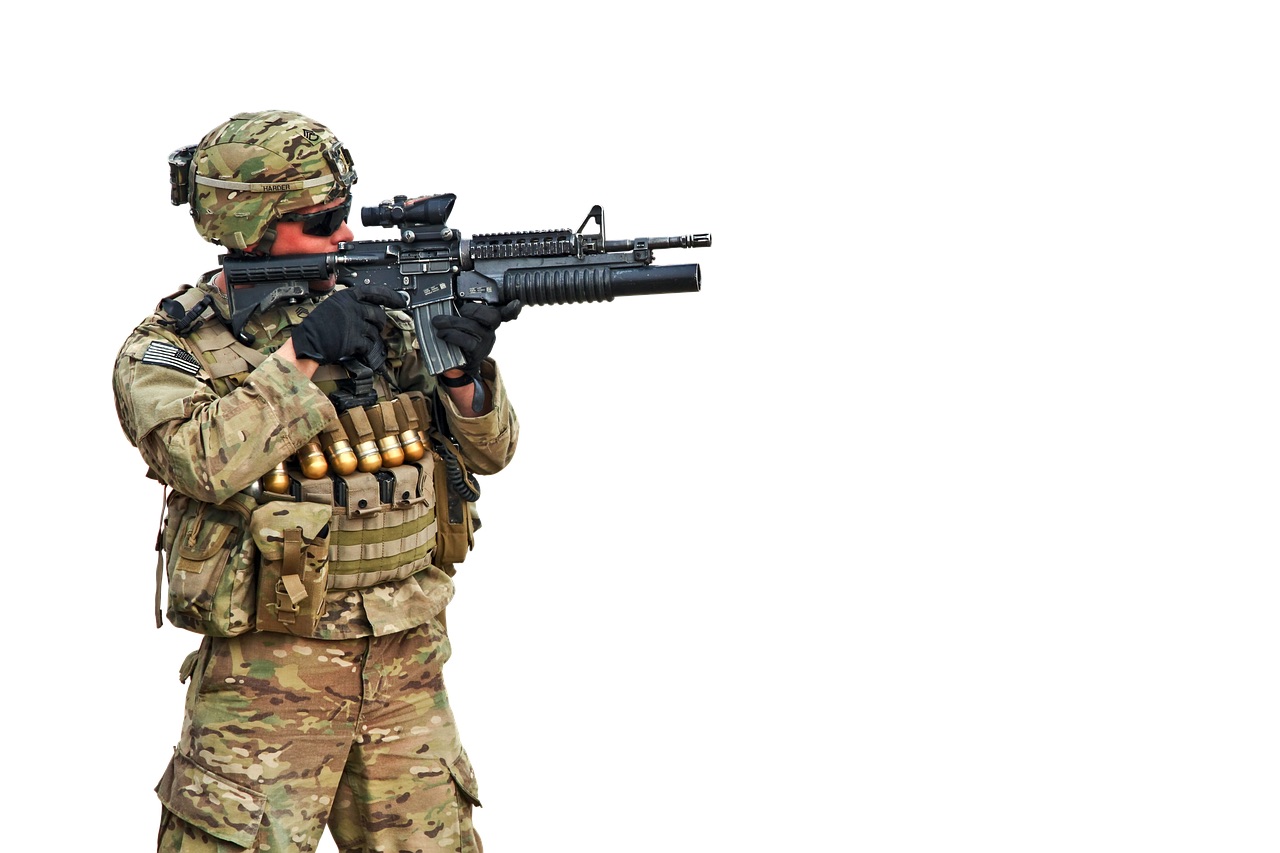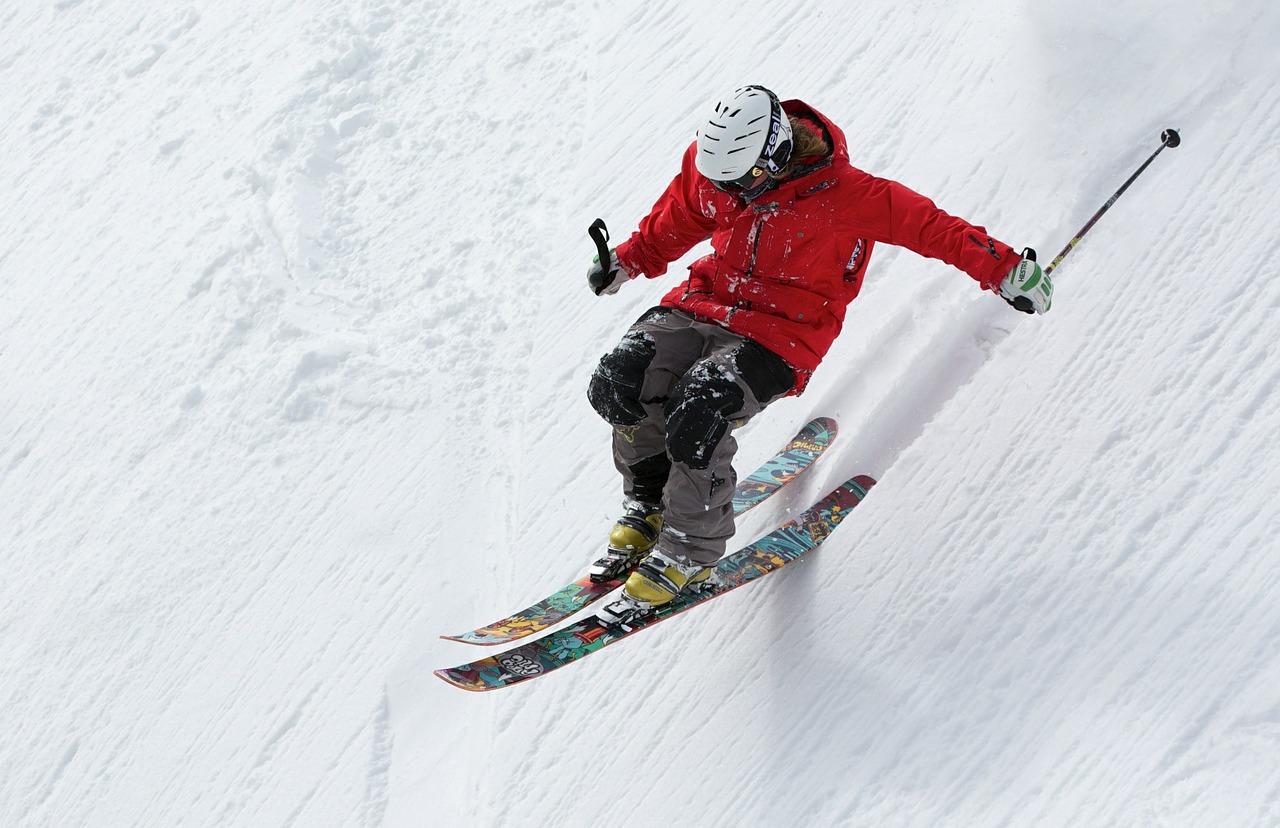
As you get along in your career, you will see thousands upon thousands of dictations. And as you would imagine, most reports are useful to clinicians and fellow radiologists. However, others should never make it to the medical record. To top it off, some of these dictation styles make me bonkers. Often, they waste my time and increase my workload. Therefore, I can only imagine how the clinicians feel that order these studies!
So, in the interest of altruism, I have decided this week to give you five examples of different dictation styles to avoid and one format to use. Some of these dictation styles are too wordy. Others are non-objective. And, others are merely careless. To show you different ways of creating the same report, I have made each dictation similar with a history of shortness of breath (So, you won’t see it at the beginning), and with the same overall findings of right lower lobe pneumonia. Now, you will know how you can get that information across the easy way or the hard way!
The Five Dictation Styles To Avoid!
Style 1- The Cut And Paster (It’s A Struggle To Figure Out What You’re Thinking!)
Comments:
PA and lateral views of the chest demonstrate right lower airspace disease that obscures the right hemidiaphragm. Follow up to resolution is recommended. Cardiac silhouette is within normal limits. Skeletal structures are intact.
Impression:
PA and lateral views of the chest demonstrate right lower airspace disease that obscures the right hemidiaphragm. Follow up to resolution is recommended. Cardiac silhouette is within normal limits. Skeletal structures are intact.
Style 2- The Emotional Dictation (It’s Not A Novel Guys!)
Comments:
PA and lateral views of the chest show patchy opacities at the right base that are compelling for either the diagnosis of atelectasis or pneumonia. I believe that a mass in the right lower lobe is unlikely. However, I would desire to follow up in 6 weeks to make sure it resolves.
The cardiac silhouette is within normal limits. Skeletal structures are unremarkable.
Impression:
Findings compelling for right lower lobe pneumonia or atelectasis
Desire follow up study in 6 weeks to check for resolution.
Style 3- The Indecisive Dictation (All Things Being Equal!)
Comments:
PA and lateral views of the chest demonstrate probable right lower lobe airspace disease. The differential can include pneumonia, atelectasis, pulmonary edema, pulmonary infarct, sequestrum, drug-induced inflammatory changes, fungal infection, atypical lymphoma, or other neoplastic entities. Followup to resolution. The cardiac silhouette is within normal limits. Skeletal structures are intact.
Impression:
Probable right lower lobe pulmonary parenchymal disease.
Consider pneumonia, atelectasis, pulmonary edema, pulmonary infarct, sequestrum, drug-induced inflammatory changes, fungal infection, atypical lymphoma, or other neoplastic entities.
Followup to resolution
Style 4- The Overly Technical Dictation (No one cares and what a waste of words!)
Comments:
PA and lateral views show slight underpenetration of the film with minimal patient rotation rightward. At the right lung base, the right hemidiaphragm is partially obscured by patchy airspace opacities. It encompasses a segment of the right lower lobe measuring 2 cm and overlies the right 6th through 8th posterior ribs. The airspace opacities extend to the right heart border but does not obscure the silhouette. These findings are most consistent with right lower lobe pneumonia. Followup to resolution is recommended.
Cardiac silhouette is within normal limits. Osseous structures are intact.
Impression:
Right lower lobe pneumonia
Follow up to resolution.
Style 5- The Unchecked Dictation (If you like phone calls, this one is for you!)
Comments:
PA and lateral views dem straights right lower lobe air space disease consistent with pneumonia. Folloup to resolution is recommended. Cardiac silhouette is normal. Osseous structures are intact.
Impression:
Left lower lobe pneumonia.
Followup to resolution.
One Style That Works For Me!
Comments:
PA and lateral views of the chest demonstrates right lower lobe air space disease consistent with pneumonia. Followup to resolution is recommended. Cardiac silhouette is normal. Skeletal and soft tissue structures are intact.
Impression:
Right lower lobe pneumonia.
Followup to resolution.
Summary
So, there you have it: five of the some of the more common annoying dictation styles that you will see and one that works for me. Please, please, please… Try to avoid the usage of these horrible styles. Regardless of whether you create them or read them, they will waste your time and efforts. At least, consider trying to develop good dictation habits before it is too late!















